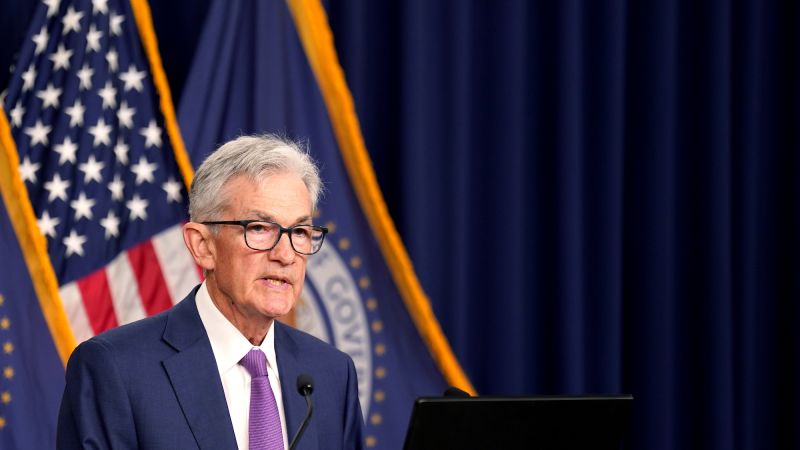The Federal Reserve announced that it would keep interest rates at their current levels, as recent inflation data has pushed back the timing of any potential rate cuts. The Fed has maintained its benchmark lending rate at a 23-year high since July, after raising rates over the past two years. They stated that they need to see further progress in controlling inflation before considering lowering borrowing costs.
Stocks closed mixed after Fed Chair Jerome Powell indicated that policymakers believe interest rates are restrictive enough and it was unlikely that rates would be raised again in this cycle. The Fed also announced that it would slow the pace of shrinking its balance sheet, a move that will ease its grip on the economy. Starting in June, the Fed will reduce the amount of Treasuries in its portfolio by allowing up to $25 billion to mature each month without replacing them.
Powell acknowledged that inflation’s slowdown has stalled and noted that recent inflation readings have been higher than expected, delaying any potential rate cuts. While there has been speculation about the possibility of another rate hike, Powell stated that the next policy rate move is unlikely to be a hike. The Fed would need persuasive evidence that the policy stance is too restrictive to bring inflation down sustainably to 2% before considering any rate hikes.
It is uncertain when the Fed will reduce interest rates, with Powell mentioning various scenarios that could lead to rate cuts, such as a persistently strong economy with stalling inflation. The job market remains robust, with unemployment below 4% and employers hiring at a brisk pace. Economists expect both inflation and the broader US economy to cool in the second half of the year, as high interest rates and other factors tug on the economy’s reins.
The Fed’s aggressive rate-hiking campaign has already impacted certain areas of the economy, such as housing and business deals. Despite robust expansion in 2023, economists expect the timing of the first rate cut to be pushed back due to ongoing inflation and the economy’s resilience. Analysts at major banks project the first rate cut to come in July or later, with Wall Street predicting November as the most likely timing. Powell is monitoring private data showing declining rents and has denied suggestions of stagflation in the economy.













